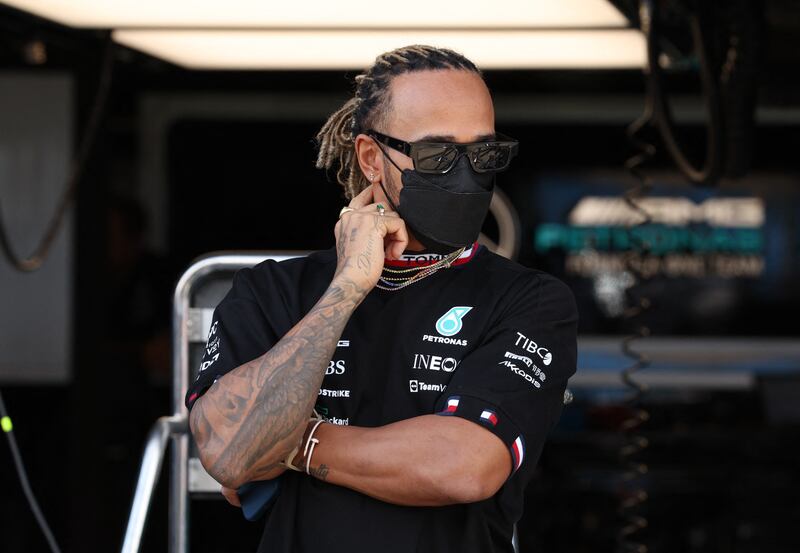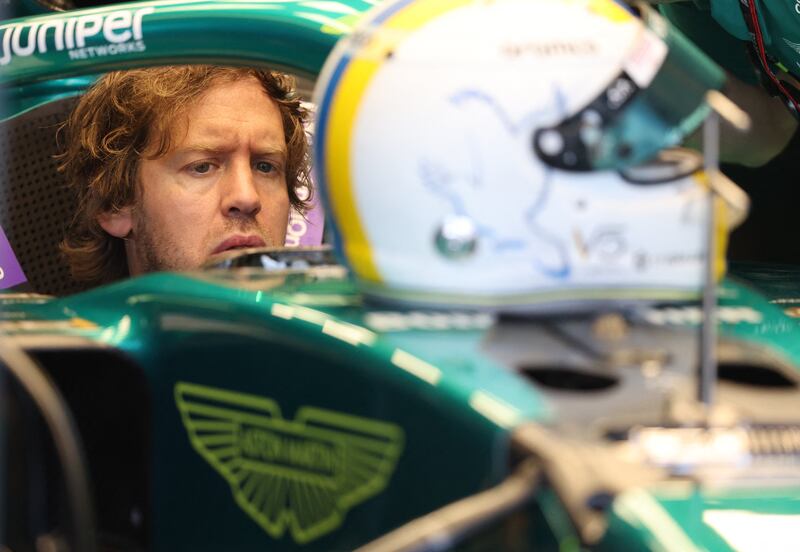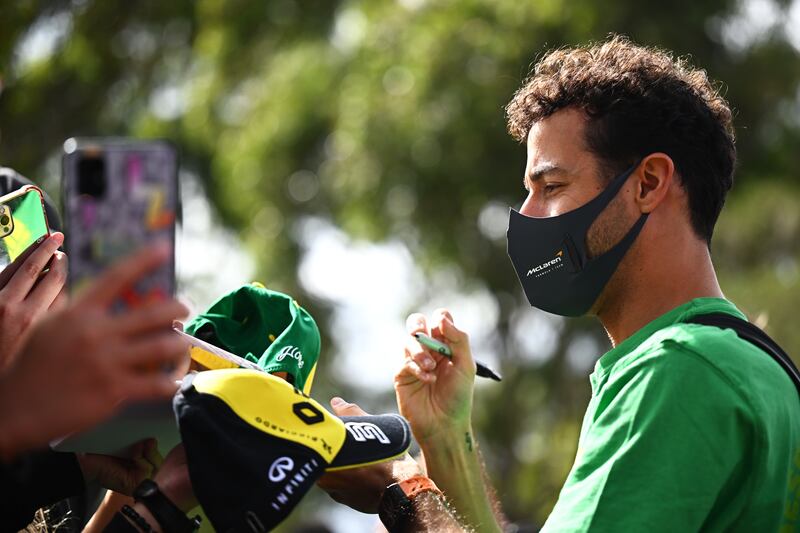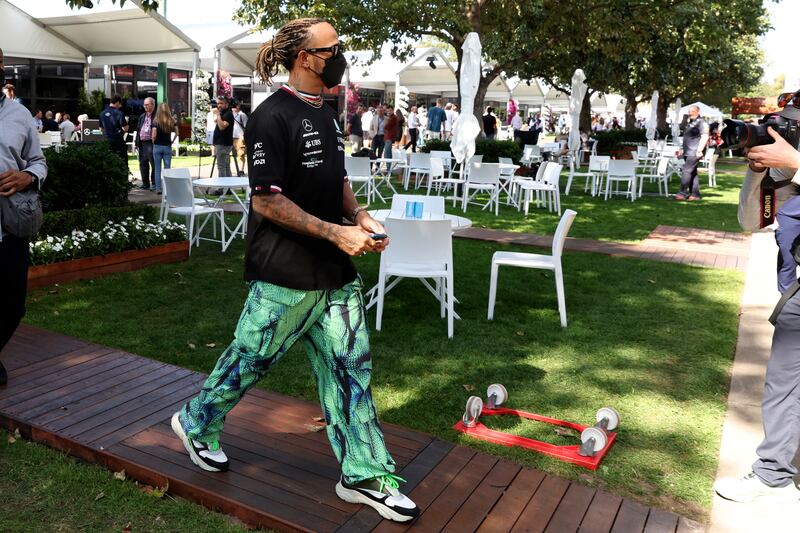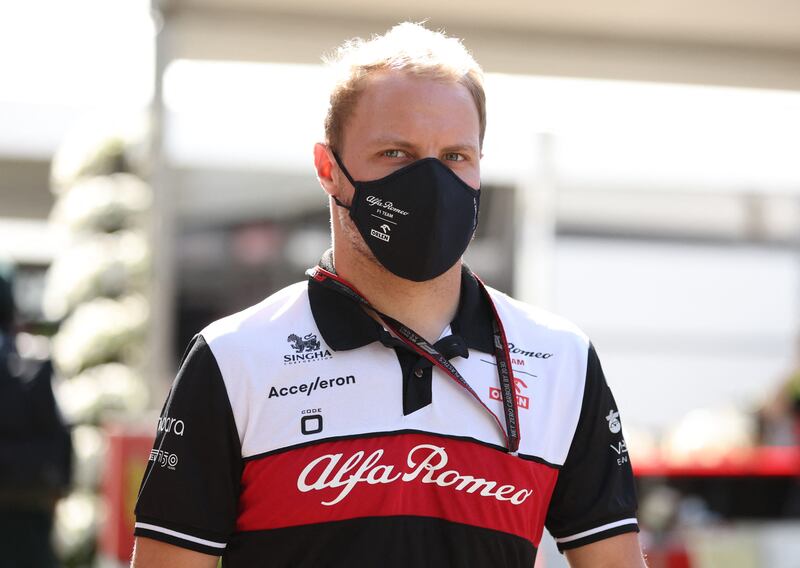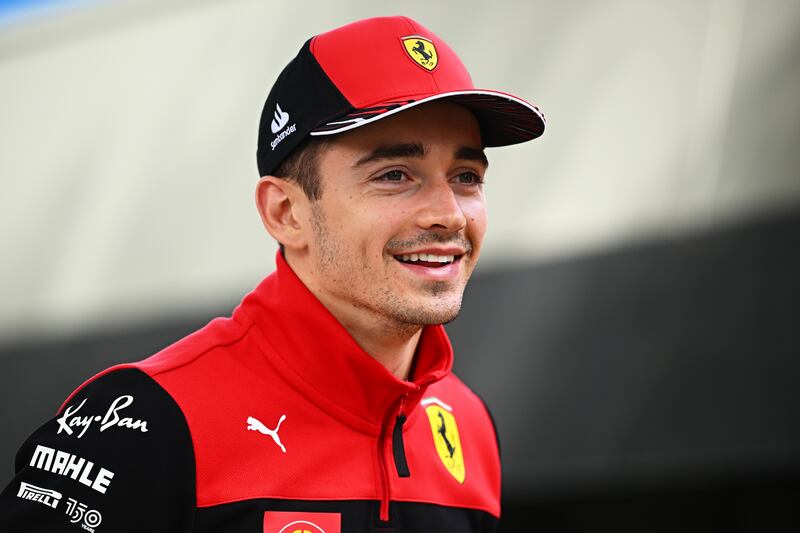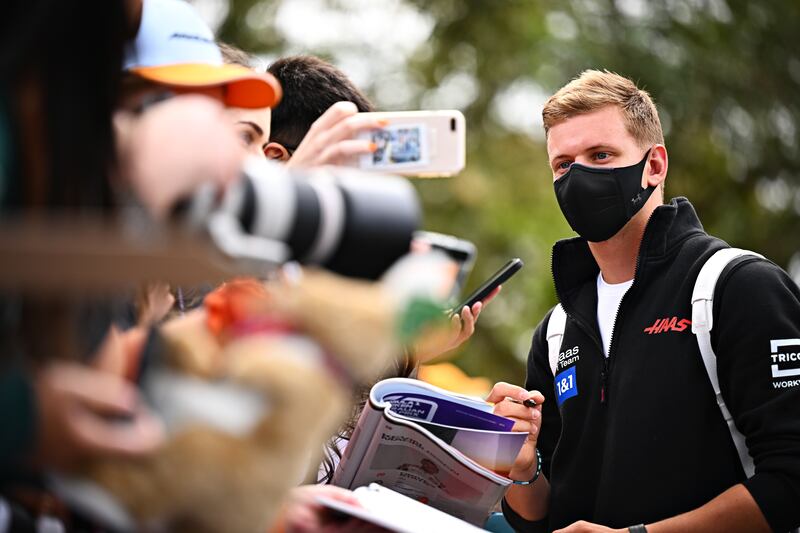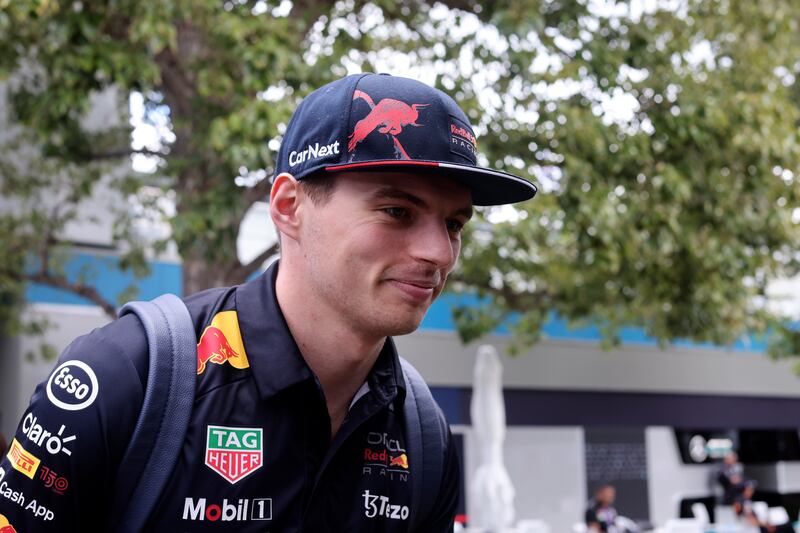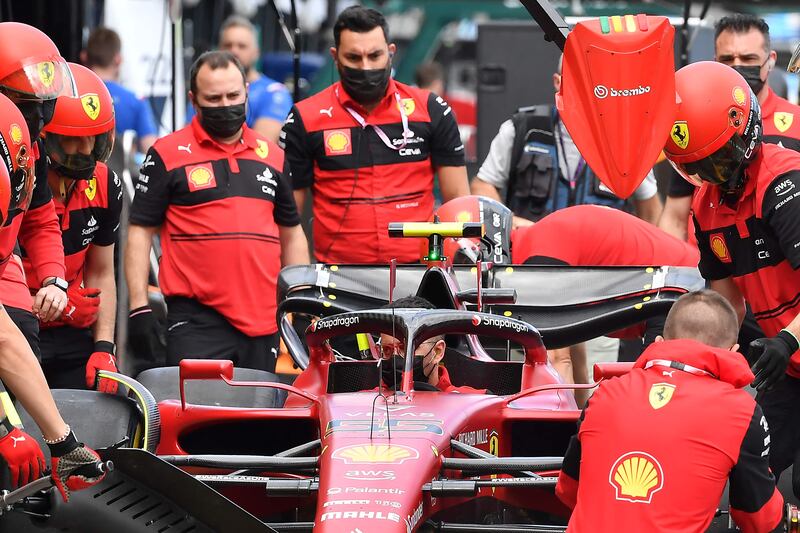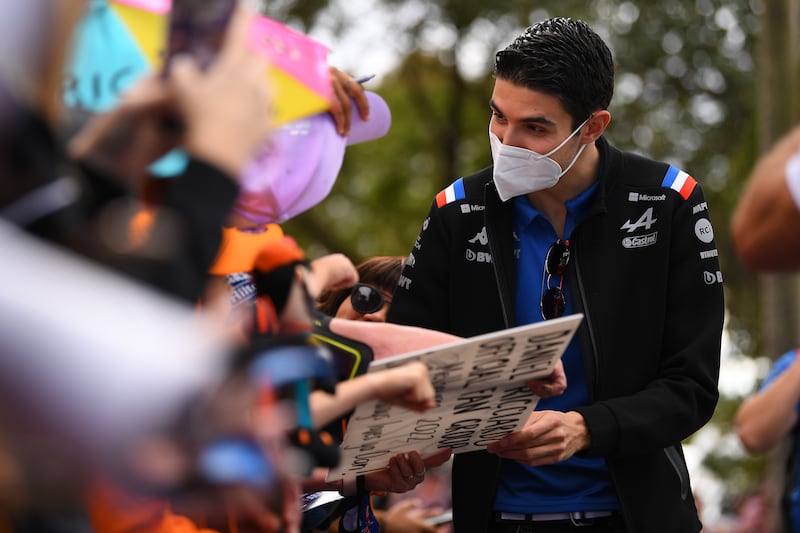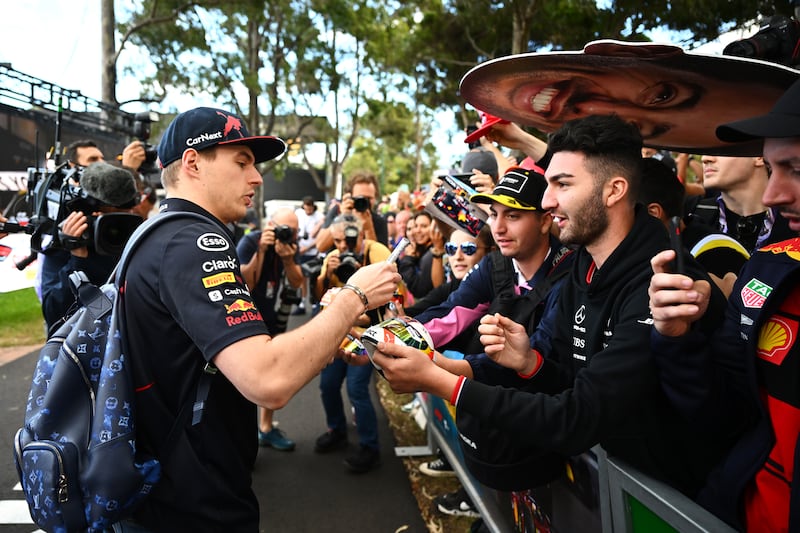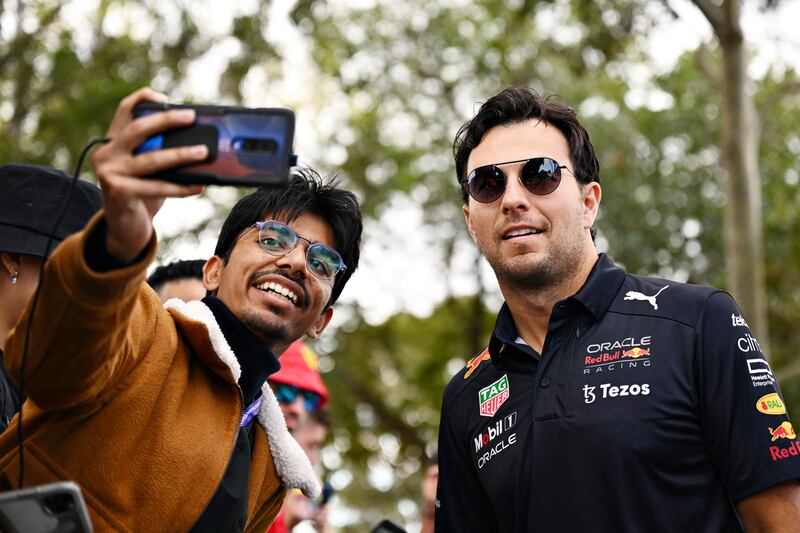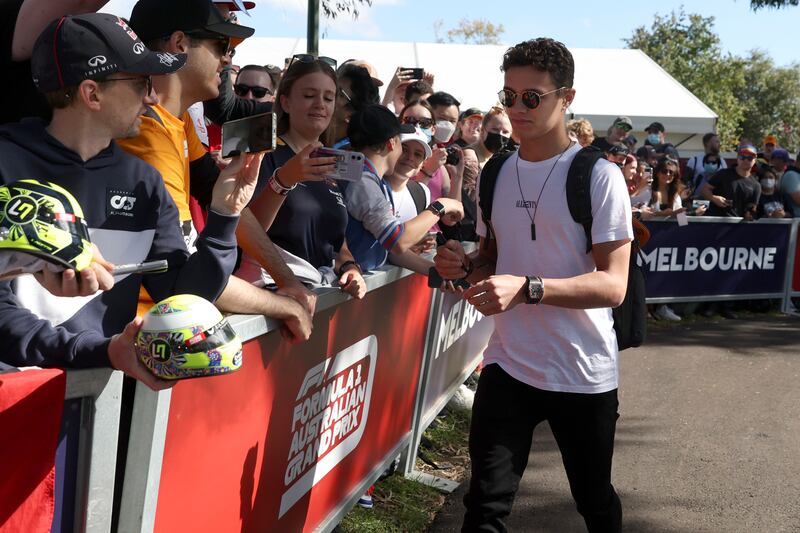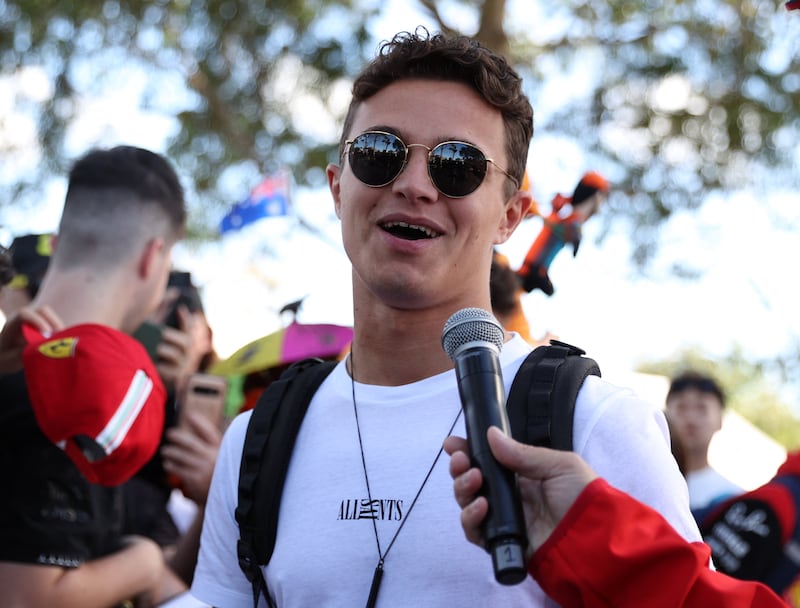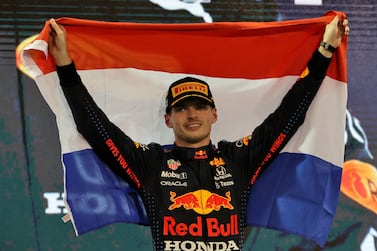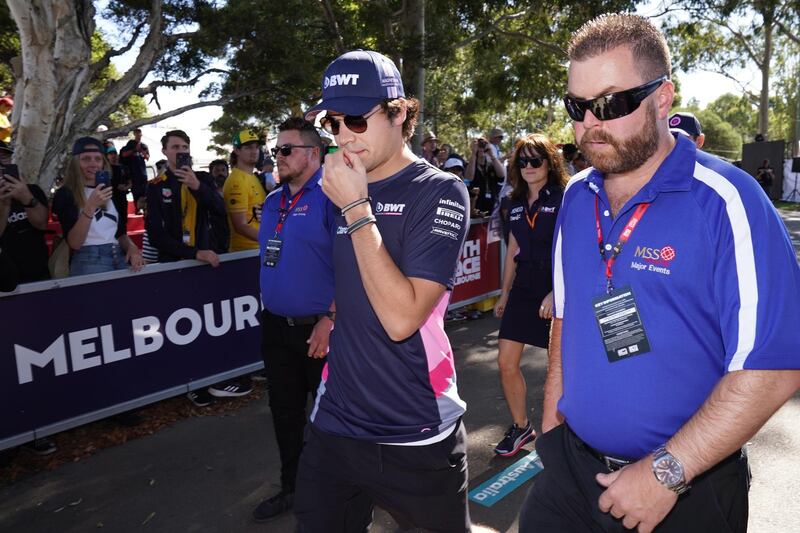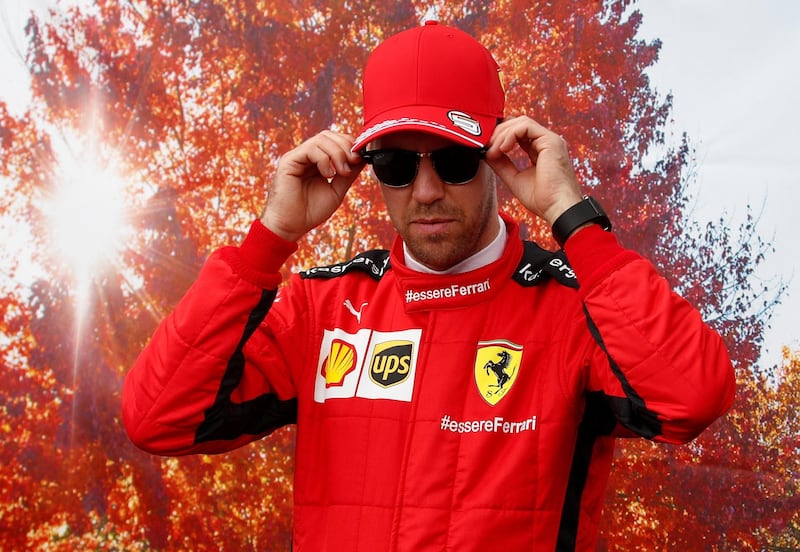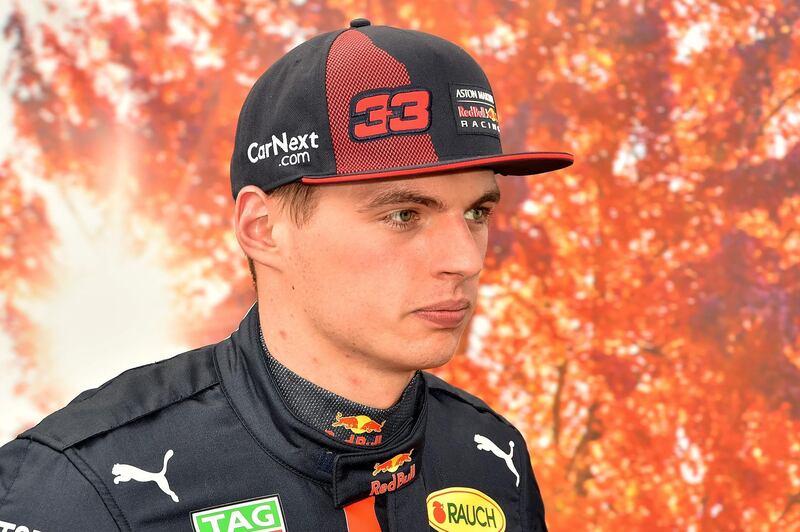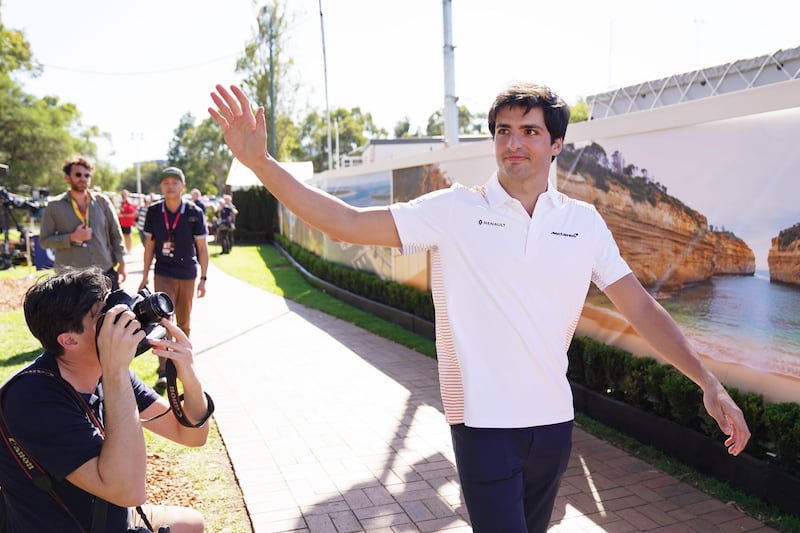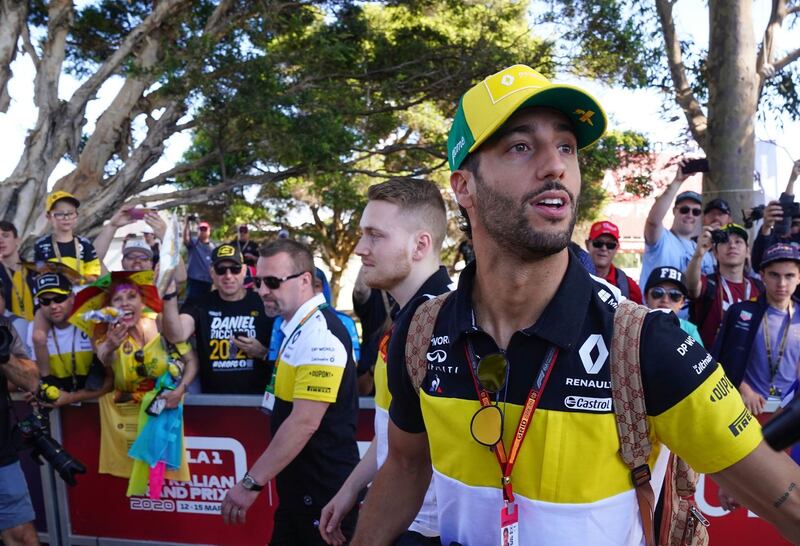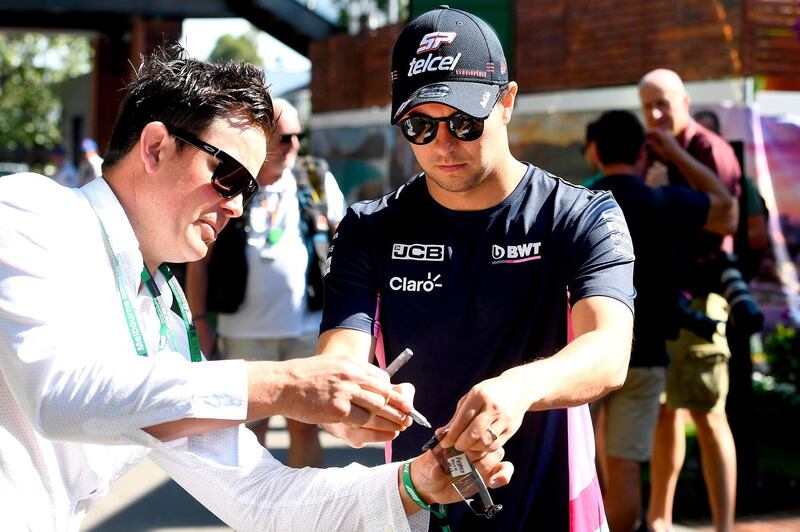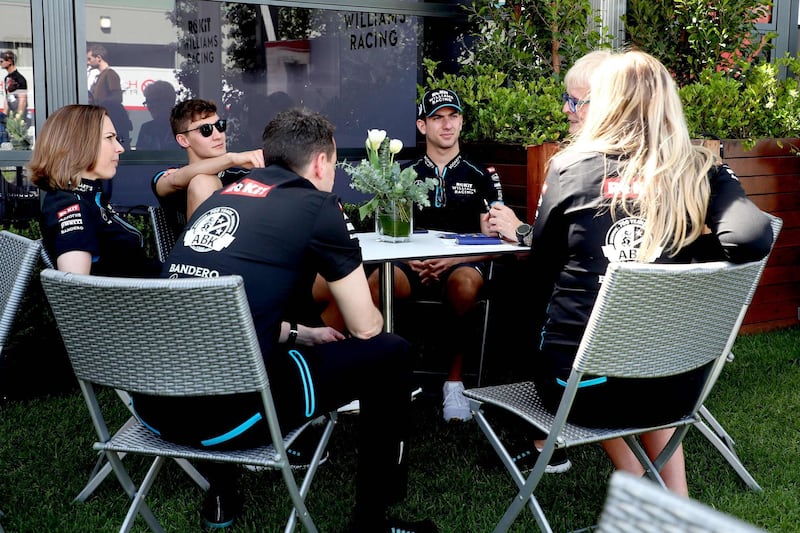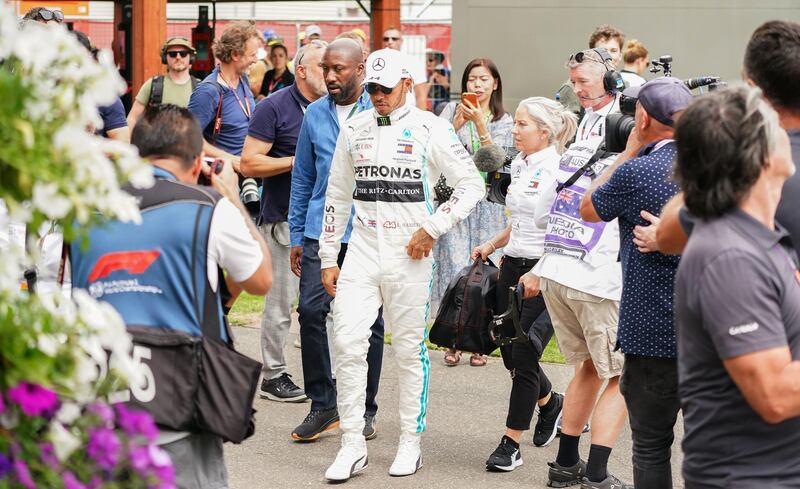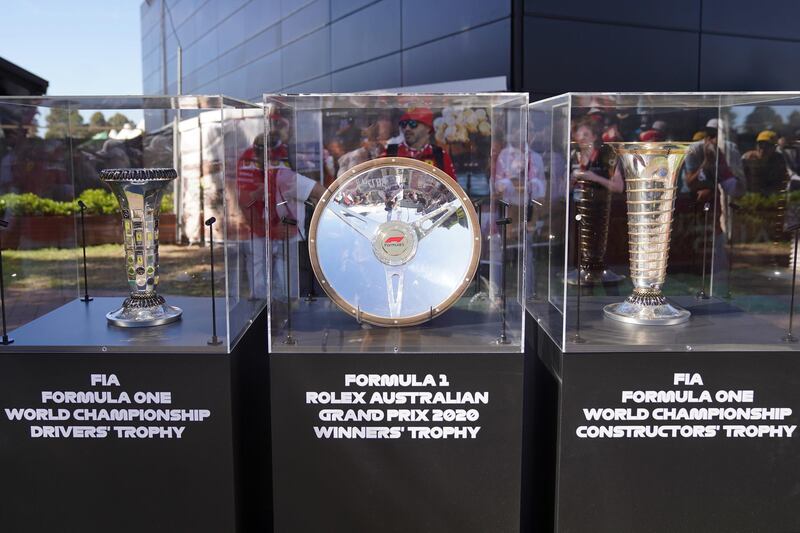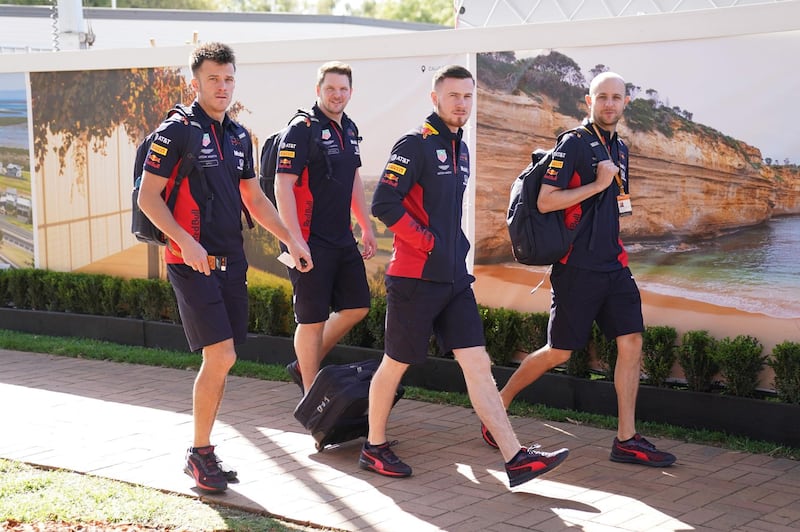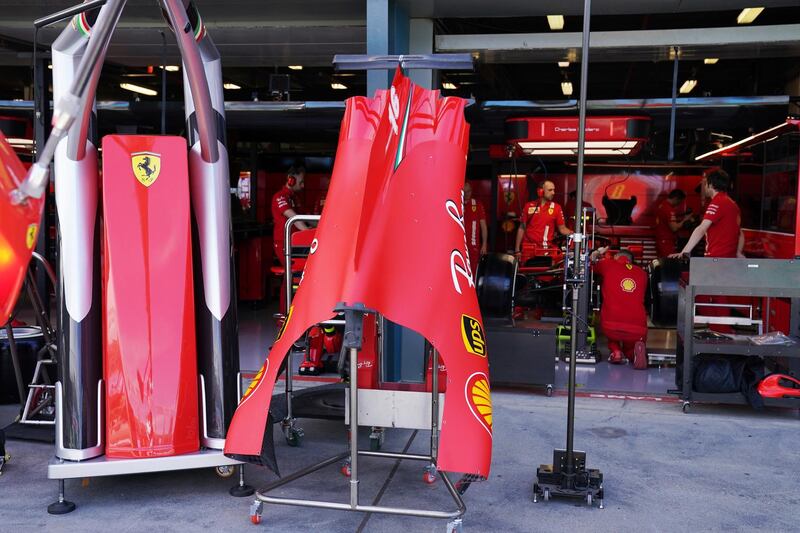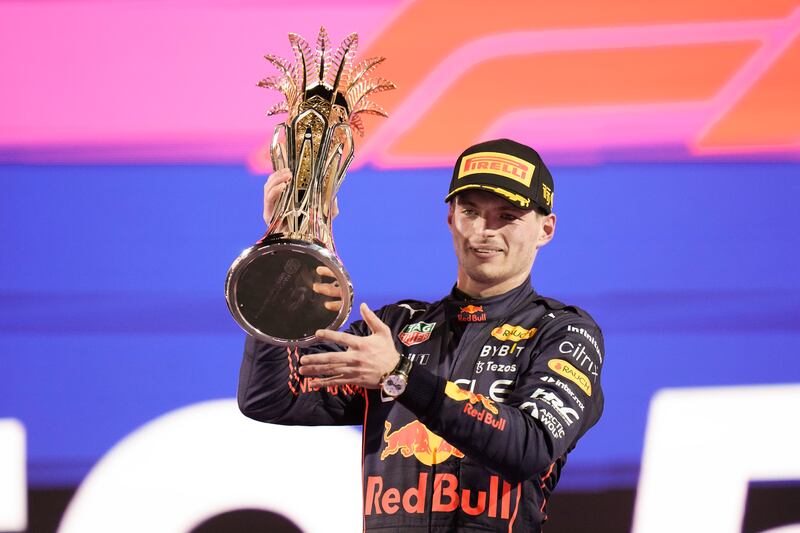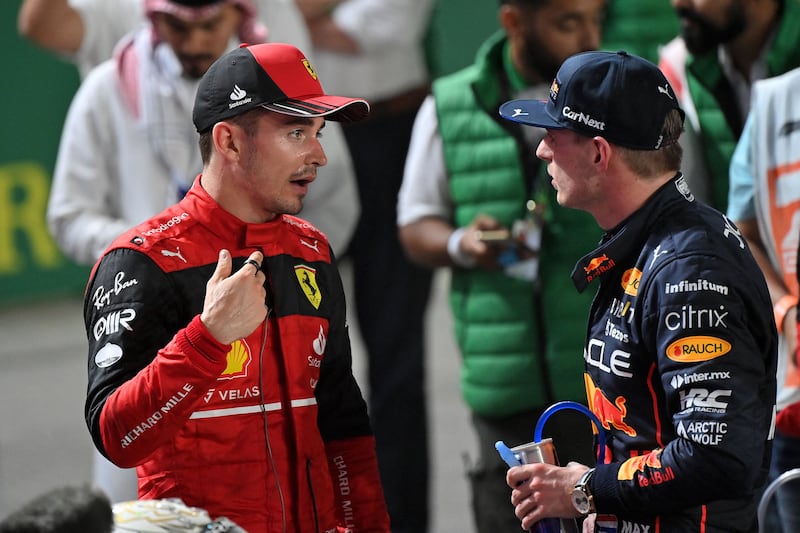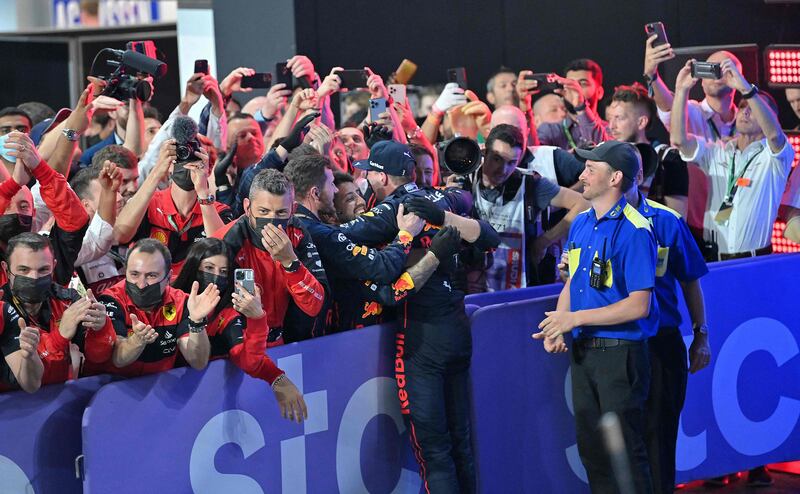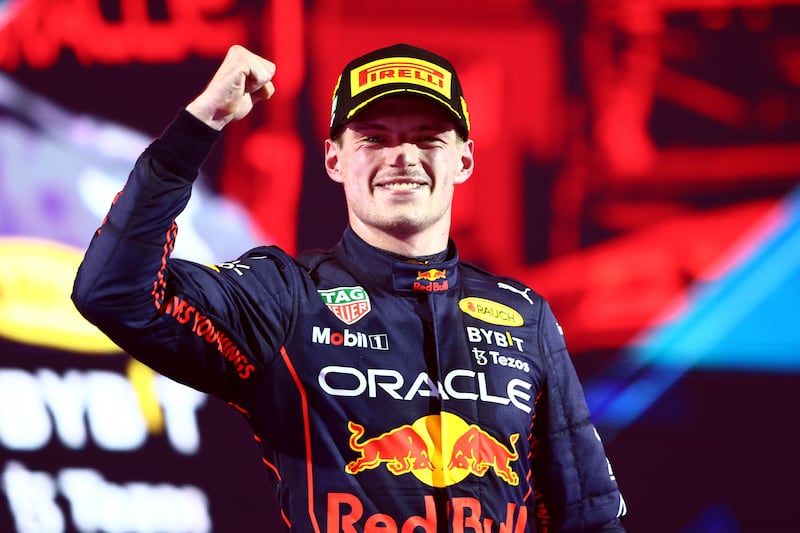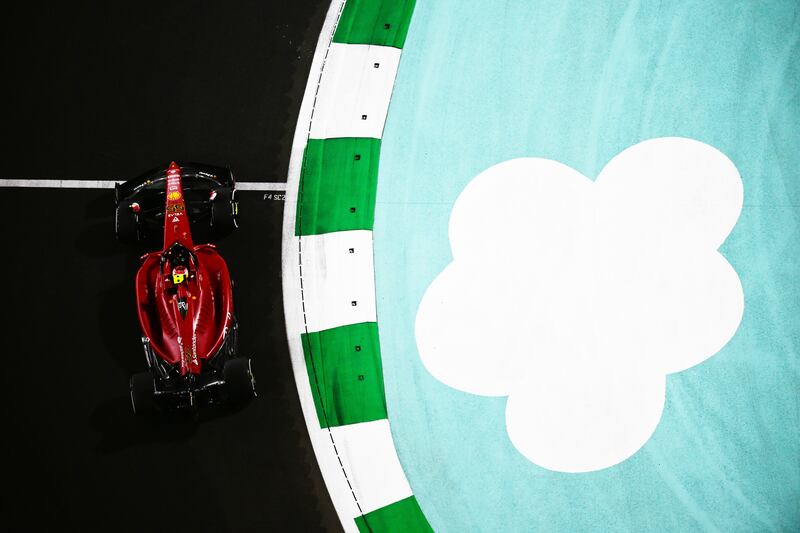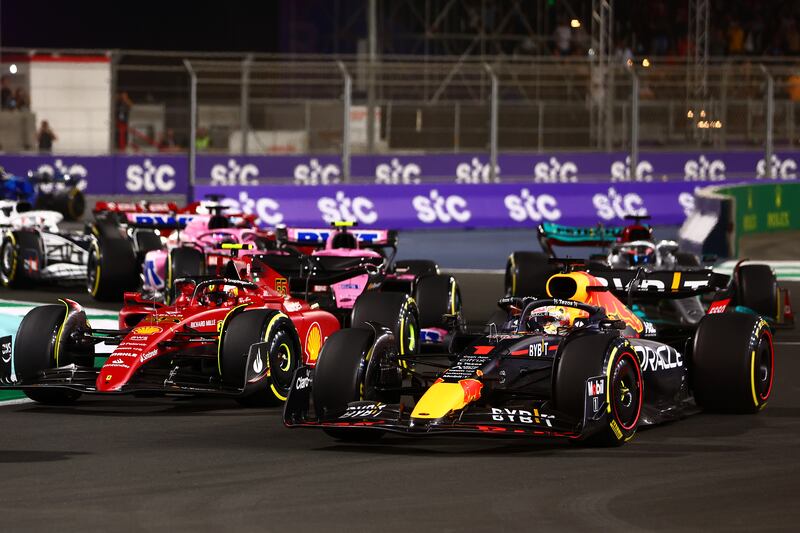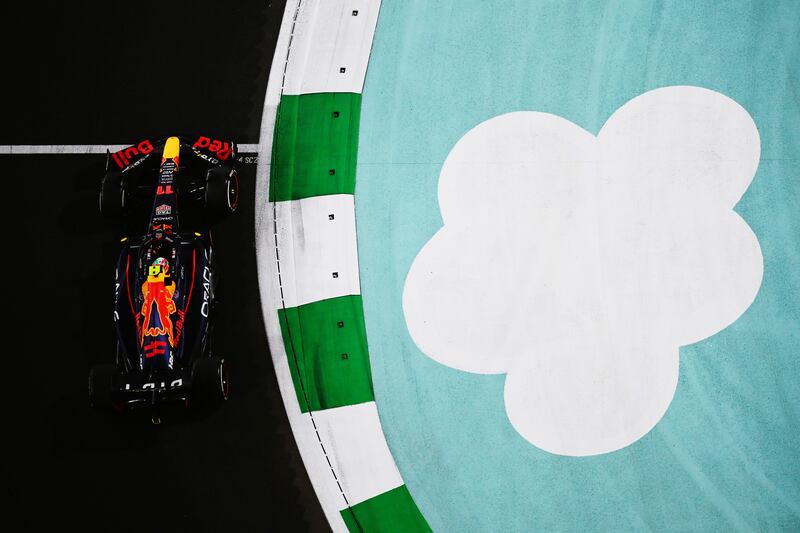Spectres of the race that never was will haunt those who walk back into the paddock for this weekend’s Australian Grand Prix – especially Formula One's top decision-makers.
Last time the teams rolled into Melbourne the planet was in the early spasms of a global pandemic. And in their bid to outrun it, those in charge hardly covered themselves in glory.
They tried to pretend the health crisis could be outdistanced by the sheer power of money, or was it that they thought the rules did not apply to them?
Then, the night before the new season was to roar into life, a McLaren mechanic tested positive for Covid. Even with the deadly virus in the paddock it took an all-night meeting for senior figures to agree on the obvious decision.
Despite fears the pandemic could sound the sport’s death knell there have been 41 Grands Prix since — but none in Australia until now.
And, that black episode aside, F1 deserves no little credit for manoeuvring thousands of staff, 660 tons of cargo and seven 747s through a global patchwork of changing health rules and regulations week after week.
Some, like Lewis Hamilton, Daniel Ricciardo, and Sebastian Vettel, have caught the virus and recovered but, thankfully, there were no deaths. Sadly the wider lesson was not taken on board.
When Houthi terrorists attacked an oil depot close to the Saudi Arabian circuit in Jeddah a fortnight back fearful drivers wanted to cut and run. They voted unanimously not to race but were persuaded to change their minds.
F1 cannot be judge and jury on all of mankind’s woes but, surely, there is a middle ground in which the sport’s global influence can shine a light in dark corners where it is needed? The talking has to start before change can begin.
Thankfully, F1 returns to a Melbourne circuit as changed as the world around it.
Drivers at the 2020 Australian GP prior to cancellation
The DRS craze has been extended to four different zones for the first time. It is intended as a boost system to improve racing but the trigger points needed were put in such a daft place in Jeddah it left drivers ludicrously jockeying to be last into a corner so they reaped the benefit on the ensuing straight.
Most other aspects of the new regulations have got the thumbs up from the drivers.
But there are issues: stiffer crash test requirements mean Alfa Romeo are the only team to have come in underweight – a key metric for higher speed.
Such are the safety changes that modern F1 monsters are around 50 per cent heavier and longer than those used in the 1990s (1996: 595kg, 3.5m long, 1.6m wide. 2020: 798kg, 5.7m long, 2m wide).
The issue has become so critical teams, like Aston Martin, are stripping unnecessary layers of paint to find minuscule gains.
Saudi Grand Prix - in pictures
The heaviest car, surprisingly, is the Mercedes.
So, aside from drastic bottoming issues and an uncompetitive racer, Mercedes are also dealing with a huge car in need of slimming down.
All bad news for Hamilton’s hopes of battling for that record eighth title.
And there will be few places for his underpowered Mercedes to hide on an Albert Park track in which almost every corner has been opened out and speeds topping 330kph predicted.
It may be only 23 metres shorter but stripped of one key chicane on the back straight and most corners widened means the racing is likely to be both fast and furious as lap times come down by a whopping five seconds.
The stars of the new season are clearly Ferrari, emerging Phoenix-like after two of the worst seasons in their history. Winless for over two years Charles Leclerc put that right at the very first race.
And if the champion is not sitting in a red car this year it will only be because of a monumental design effort and remarkable racing elsewhere. But then, wasn’t that just what happened in 2021?
